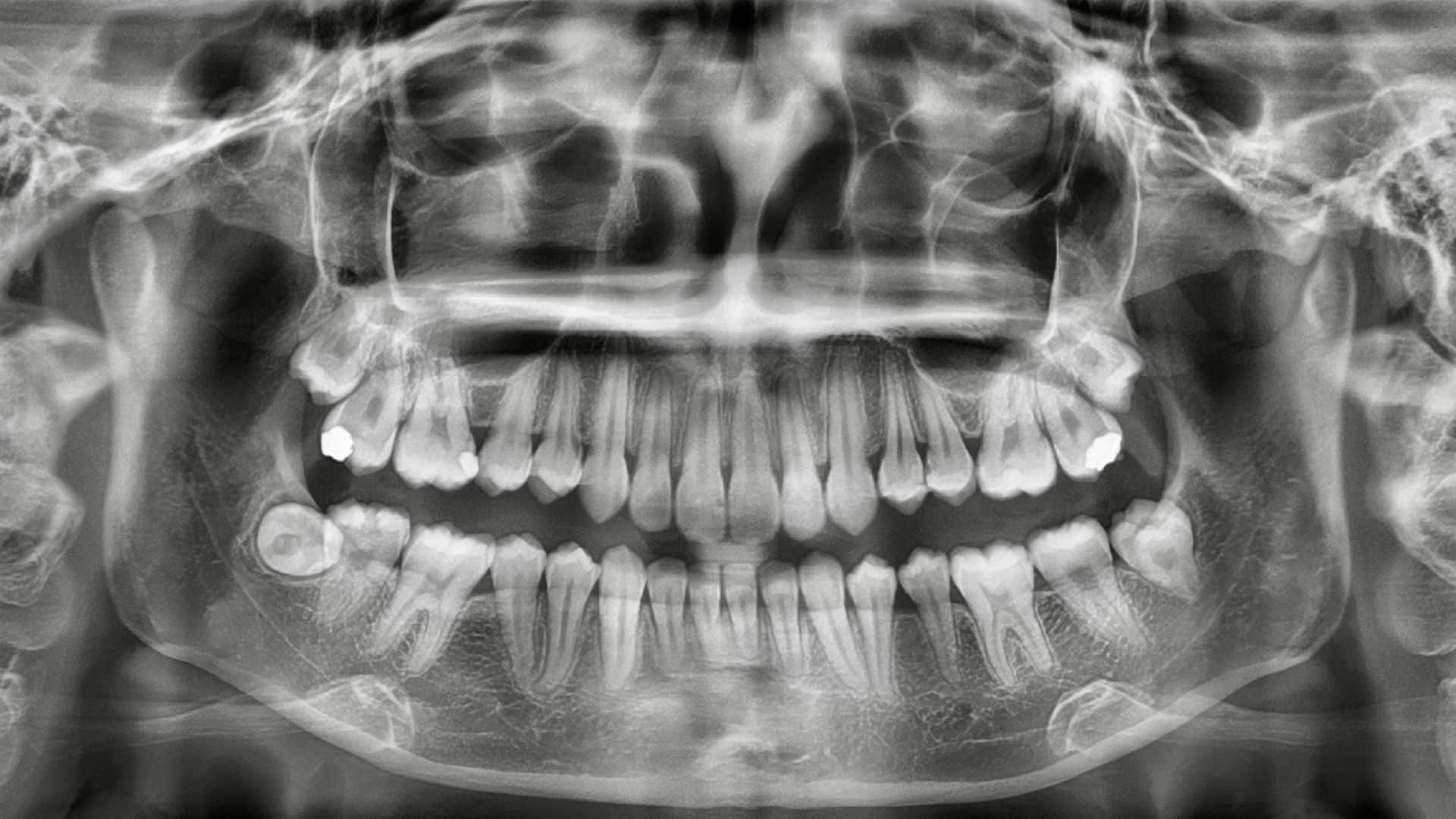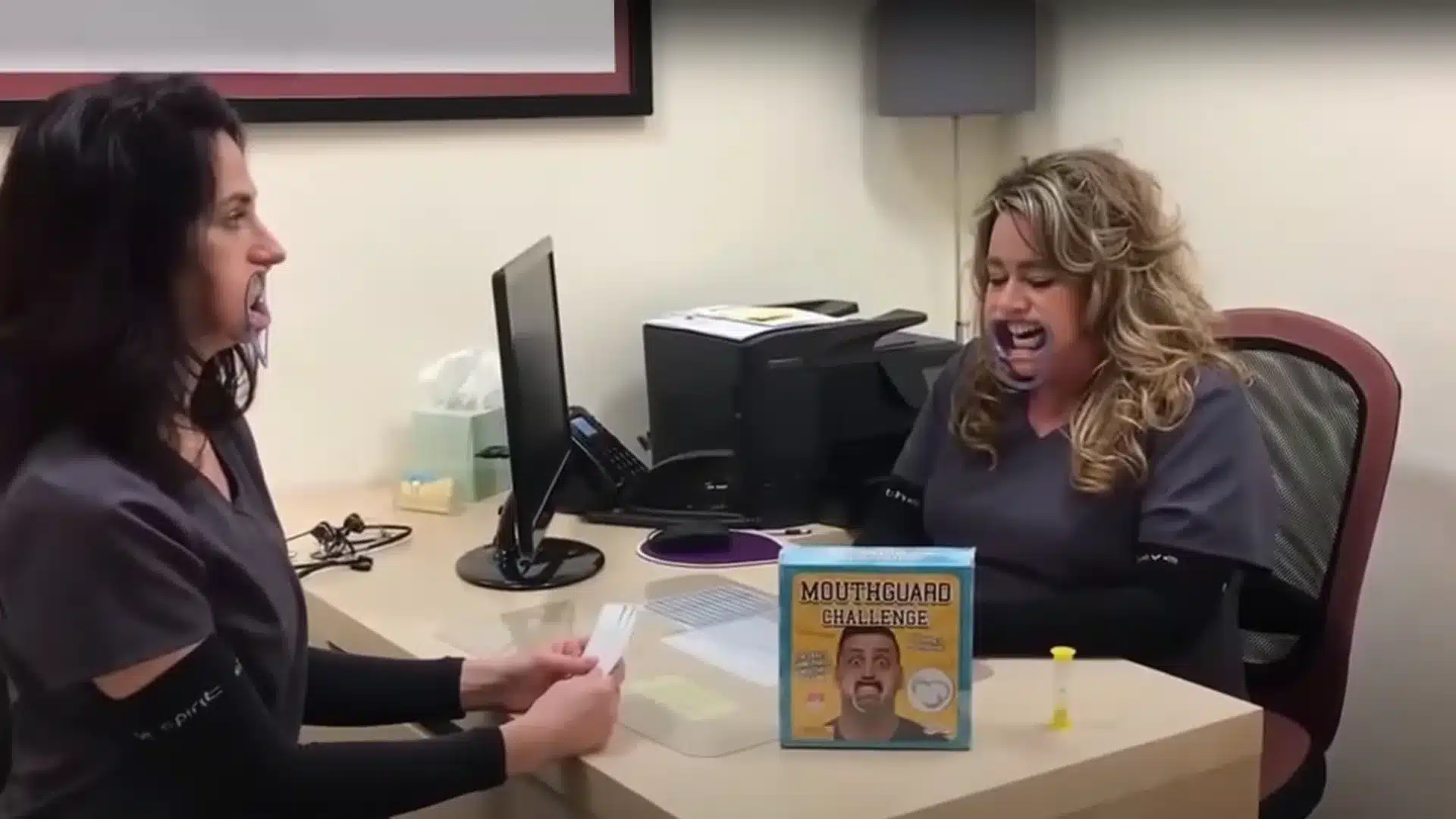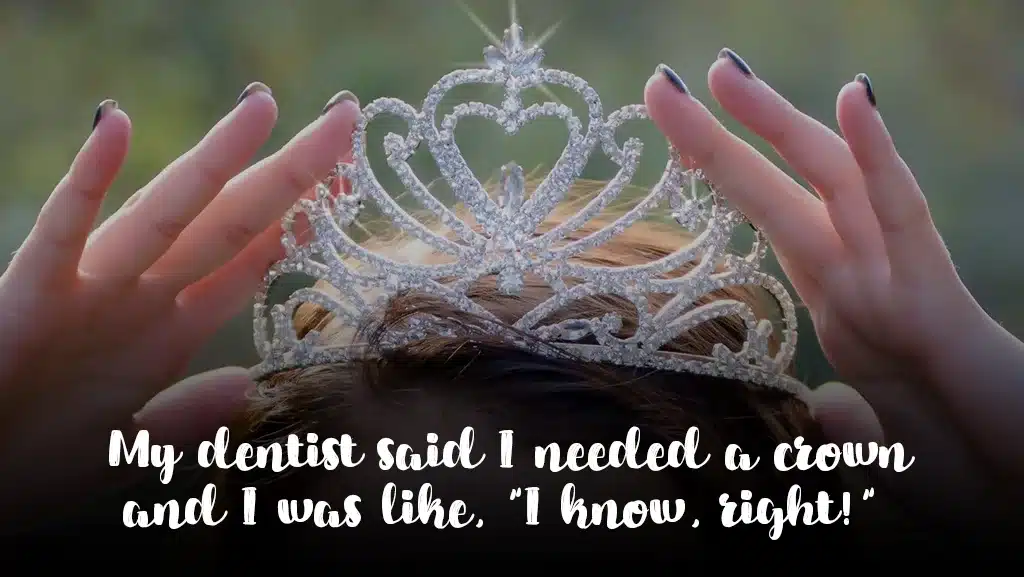I know that you’re not supposed to talk about politics or bodily functions in polite company (not that this has ever stopped me); however, if you are looking for a surefire way to turn a good dinner party into an episode of Jerry Springer, just get people on the subject of dental x-rays.
“Those x-rays give you brain tumors!”
“I always refuse them when I go in for my dental appointments.”
“I’ve never even had a cavity, so there’s no reason why I need them.”
“My kid is only 7 and she brushes her teeth every day, she’s too young for x-rays- she doesn’t even have all her adult teeth yet.”
“There’s no point in having an x-ray if nothing hurts, and I don’t even see any holes or cracks in my teeth.”
“I don’t have dental insurance, and I already go in for my cleaning every six months.”
“I wear dentures, I don’t have any teeth left to x-ray.”
“… So Why Do I Even Need Them?”
There is no such thing as a dumb question and, as your dental provider, there is a very good reason why I prescribe diagnostic radiographs for my patients that has less to do with dental insurance, age, how many teeth you have, how often you floss (ok, maybe a little), or what shade of grey your teeth might be.
Tooth decay and periodontal disease are some of the most ubiquitous diagnoses in the healthcare setting. In dentistry, more so than any other health related discipline, we deal primarily with hard tissues that are prone to diseases not visible to the naked eye.
Without x-rays, it is impossible to detect certain places of decay until it reaches the nerve, kills your tooth, and causes you to call me at 6am on a Sunday morning because you were up all night in terrible, agonizing pain.
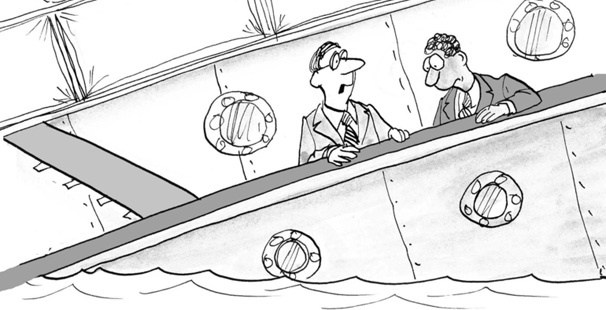
Much like the iceberg that took down the Titanic, an undetected and impacted wisdom tooth, for example, can cause damage to an adjacent one, with pretty significant consequences. So by necessity, and to prevent additional invasive procedures, we are generally more reliant upon routine x-rays than other medical providers.
And with regard to taking x-rays on children, unless they are considered “high risk” for caries (meaning baby bottle tooth decay), we typically do not even consider taking them until permanent teeth have started to erupt.
An X-ray By Any Other Name
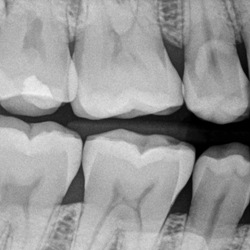
It can be confusing to keep up with the different types of x-rays dentists take, what they’re used for, and how often they need to take them. So I’ve prepared a CliffsNotes version for you:
Bitewing Xray
The bitewing series is taken annually. It consists of 4 films that capture what is going on with your back teeth, and by that I mean; any decay, fillings, the shape of the nerves, and your bone levels.
Panoramic Film Xray
The panoramic film (Panorex) is usually taken no longer than 5 years apart. It might also be necessary if a specific treatment, such as an implant, is to be completed that requires information on jaw bone and structure. This is a large, single x-ray that shows the entire bony structure of the teeth and face (like the xray image at the top of this post), including the sinus cavity and tempomandibular joints. It will also show any bony tumors, cysts and the placement of your wisdom teeth.
Periapical Xray (PA)
If you come in with a toothache, we will take a periapical x-ray (PA) of that specific tooth in order to see and diagnose the root cause (there’s a cheesy dental joke in there, but for everyone’s sake I’ll leave it alone).
Radiation; Are you getting your daily dose?
Let’s take a look at the numbers. One of the units that is used to measure ‘equivalent dose’ of radiation is called a ‘microsievert’ (mSV). Equivalent dosing units make it possible to compare x-rays of different types and sizes, on different parts of your body (your little toe versus your hip).
The average person in the United States is exposed to about 3000 mSV in a year. This includes daily ‘background’ radiation from things like; outer space, the earth, natural materials (including natural foods), cooking with natural gas, or if you happen to live in a brick building, you will be exposed to more radiation than if your house is made of wood. Even other people!
Sleeping next to another person exposes each bed partner to more than just snoring, you also receive an additional 5 mSV per night.
“It would take 7,500 digital panorex x-rays to reach the maximum safe occupational (dental provider) whole body exposure of 50,000,000 mSV per year.”
Peter Drews, DDS, MAGD
But numbers don’t have much meaning until you have something to compare them to. The actual radiation dose in a dental (particularly digital) x-ray might surprise you.
Dose in microsieverts:
- Digital Dental bitewing – 5
- Digital Dental panorex – 10
- Flight from NY to LA – 40
- Eating a banana – 1
- Smoking a pack of cigarettes – 1
- Chest x-ray – 100
- Whole body CT scan – 10,000
The federal total effective has set the maximum safe occupational (i.e. dental provider, not Joe Public) whole body exposure to 50,000,000 mSV per year. If that is the case (because the dose is so low), it would take 7,500 digital panorex x-rays to reach that number.
“We Didn’t Start The Fire”
Switch on the evening news, channel hop the various afternoon talk shows featuring a hunky looking doctor, or scroll through your FaceBook news feed, and you’ll be overwhelmed with ‘facts’ and ‘research data’ insisting that dental x-rays are blasting so much radiation through your cranium that going for a check-up is actually a suicide-by-brain-tumor mission.
However, if we take a critical review of one such study that went viral, which was attempting to link dental x-rays to intracranial meningioma (and thyroid cancer), the research is ‘anecdotal’ . . . aka, asking patients to remember how many x-rays (and what type) they have had over the course of a lifetime seeing a dental provider(s). The study focused on frequency, as opposed to equivalent dose. As has already been referenced in the numbers, your dentist is not giving you a deathly (cumulative or not) dose of radiation.
Knowledge is Power
My mother is a retired, high school math teacher and she instilled in me the importance of educating yourself, taking a critical look at the numbers and asking lots of questions. These are also important concepts when it comes to taking responsibility for your dental health.
Unfortunately, mom wasn’t able to break my habit of initiating controversial dinner table discussion.


